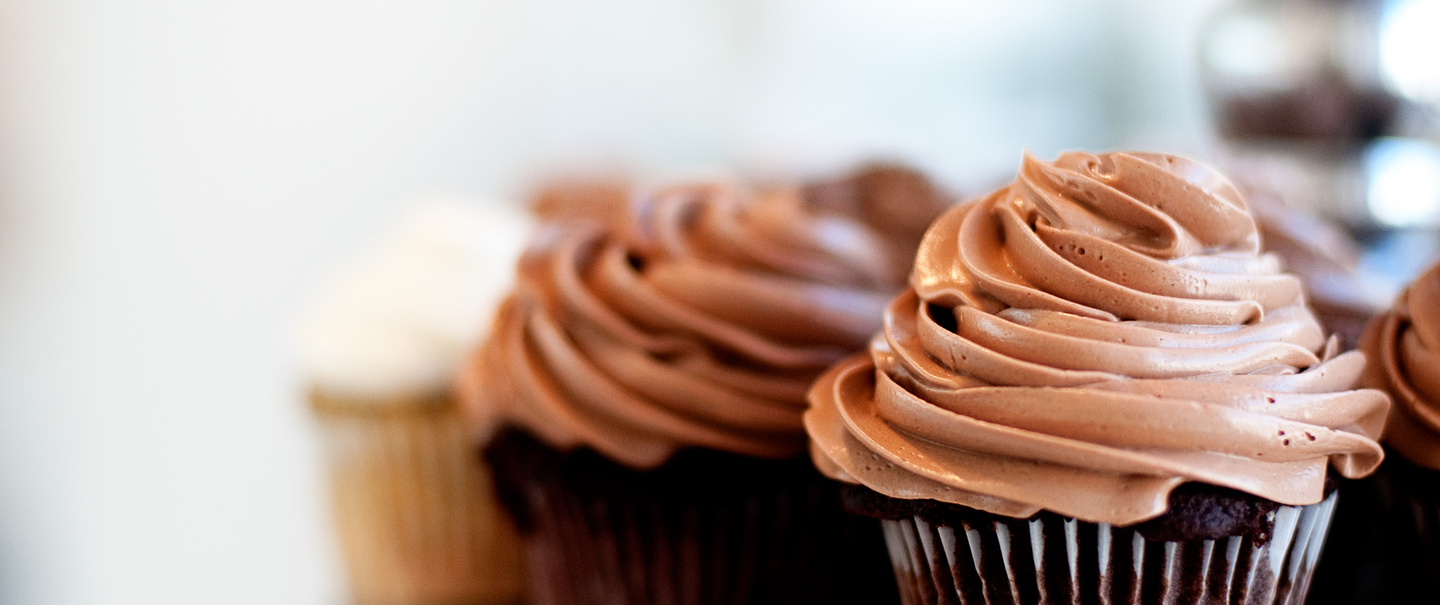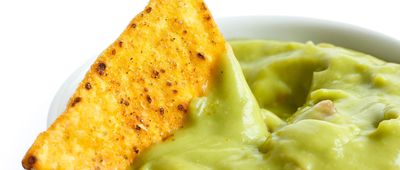Not So Sweet
Uncontrolled Type 2 diabetes can bring on kidney failure, heart attack, or stroke, so most diabetics learn quickly that their diet needs a drastic makeover. Knowing the health effects and glycemic index of foods is crucial to controlling blood sugar (adding more daily exercise is a good idea too), but thanks to popular low-carbohydrate lifestyle and a recent surge in low-to-no-sugar recipes, snacks, and other options, eating smart has become easier to manage. Here are foods diabetics should avoid.
Related: 31 Foods for Diabetics That Help Keep Blood Sugar Under Control.






































